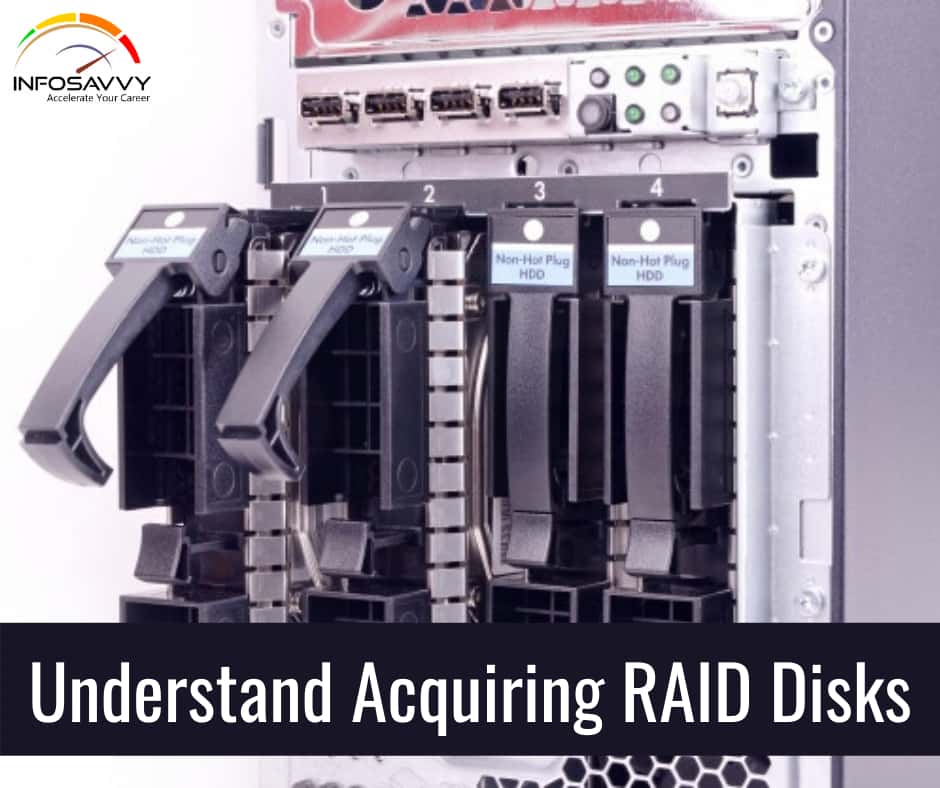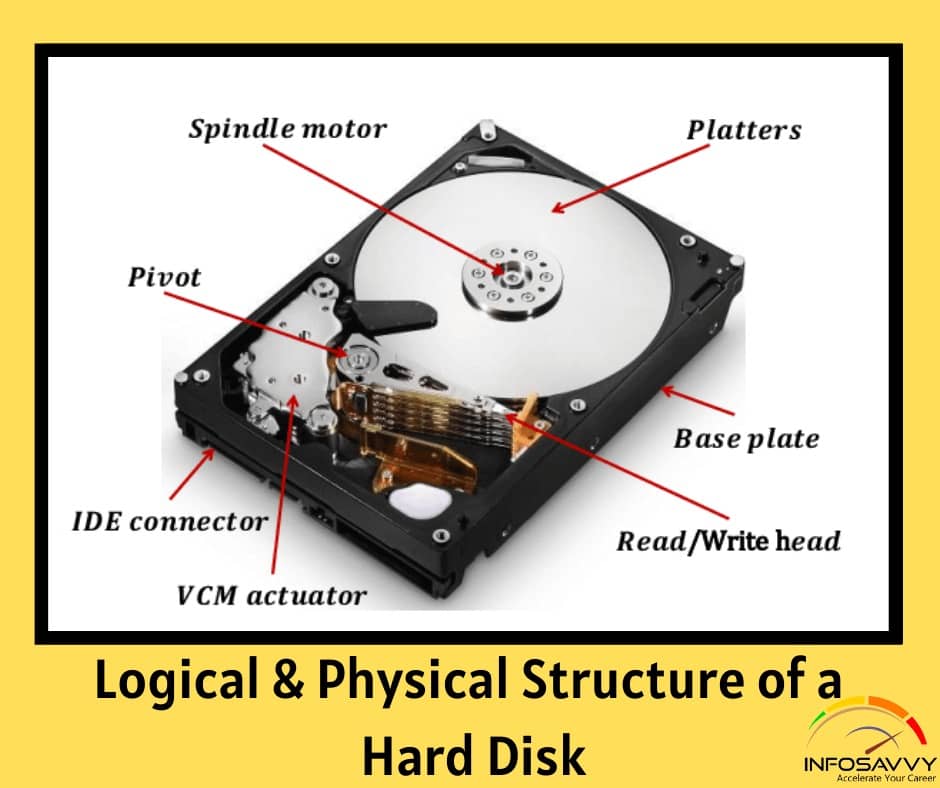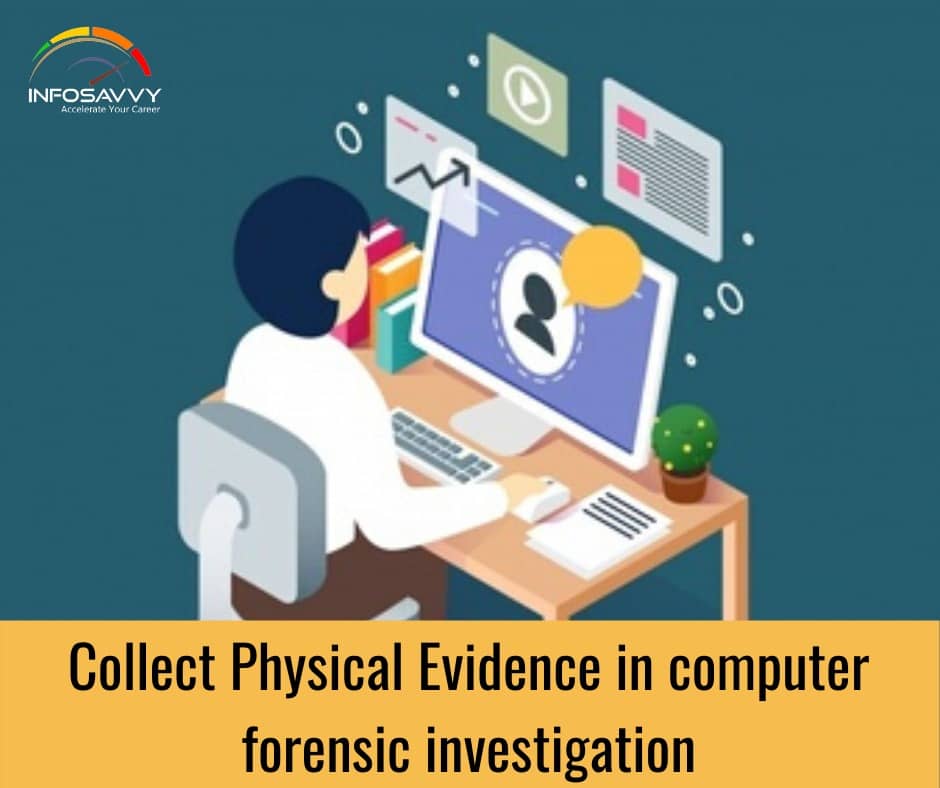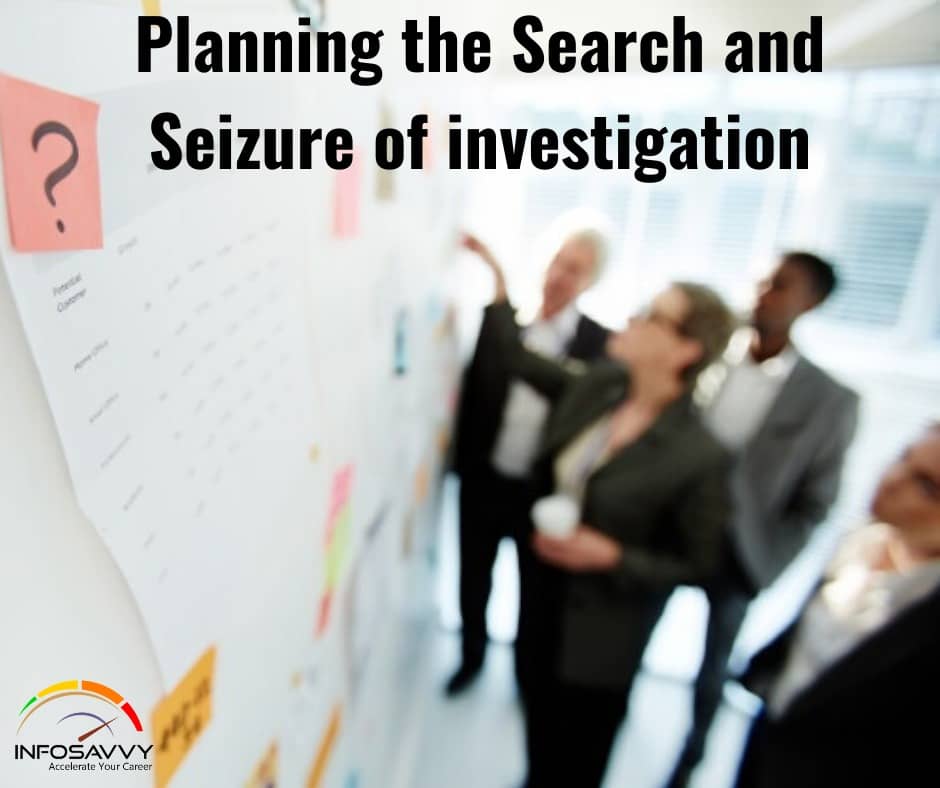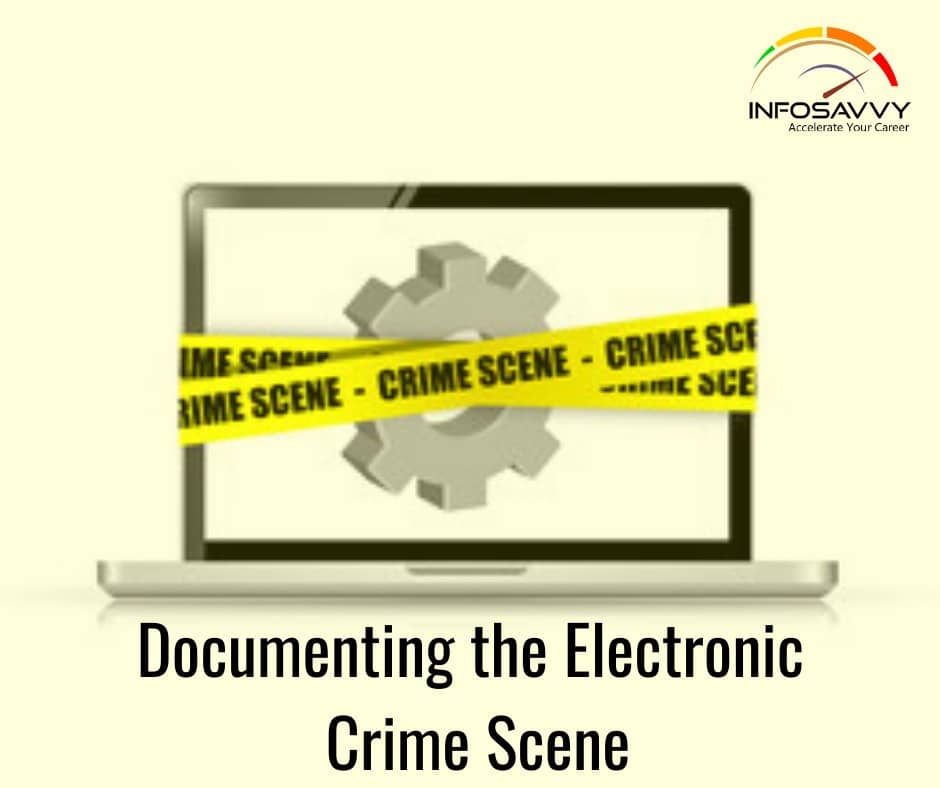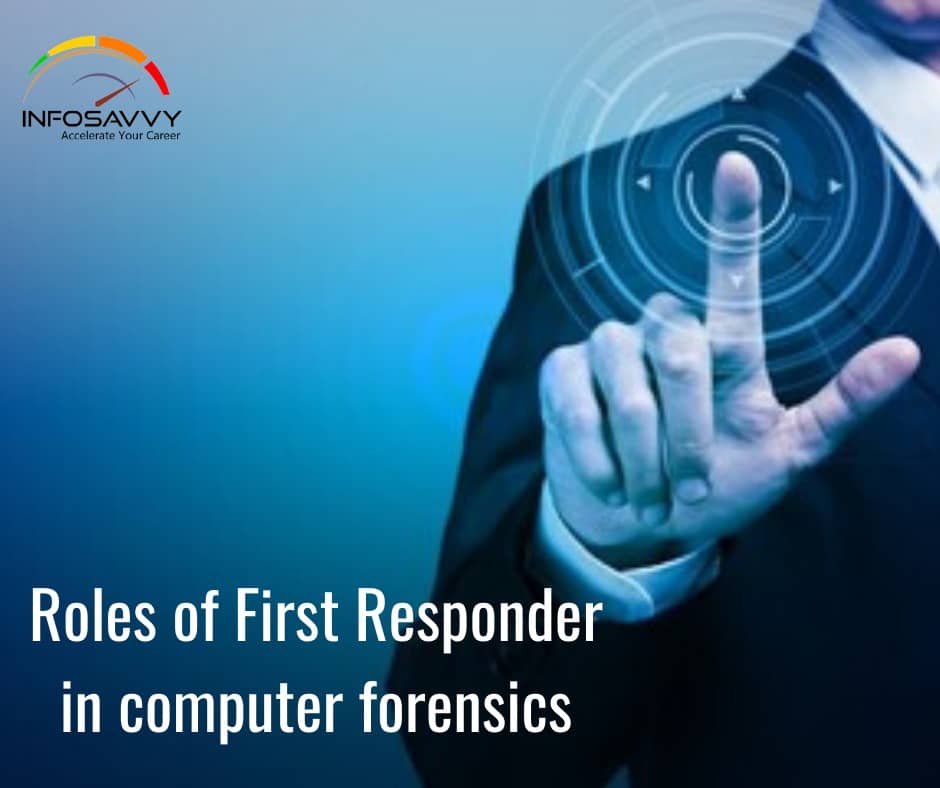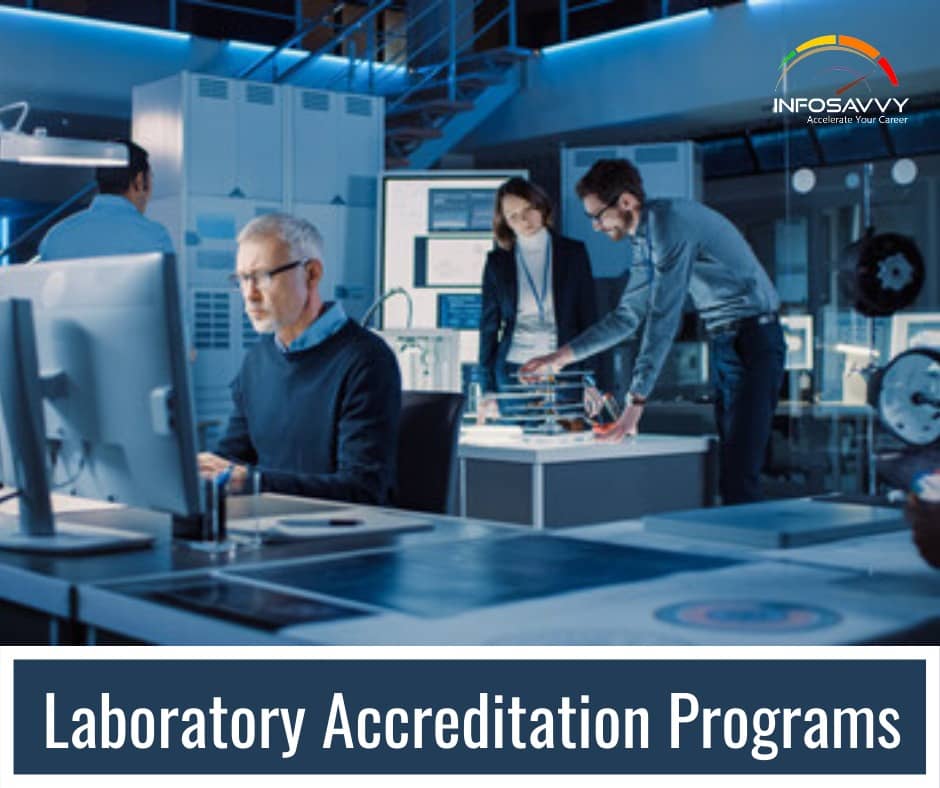Understand Anti-forensics and their goals
Understand Anti-forensics and their goals, also referred to as counter forensics, may be a set of techniques that attackers or perpetrators use so as to avert or sidetrack the forensic investigation process or attempt to make it much harder. These techniques negatively impact the number and quality of evidence from a criminal offense scene, thereby making the forensic investigation process difficult. Therefore, the investigator may need to conduct a few more additional steps so as …


